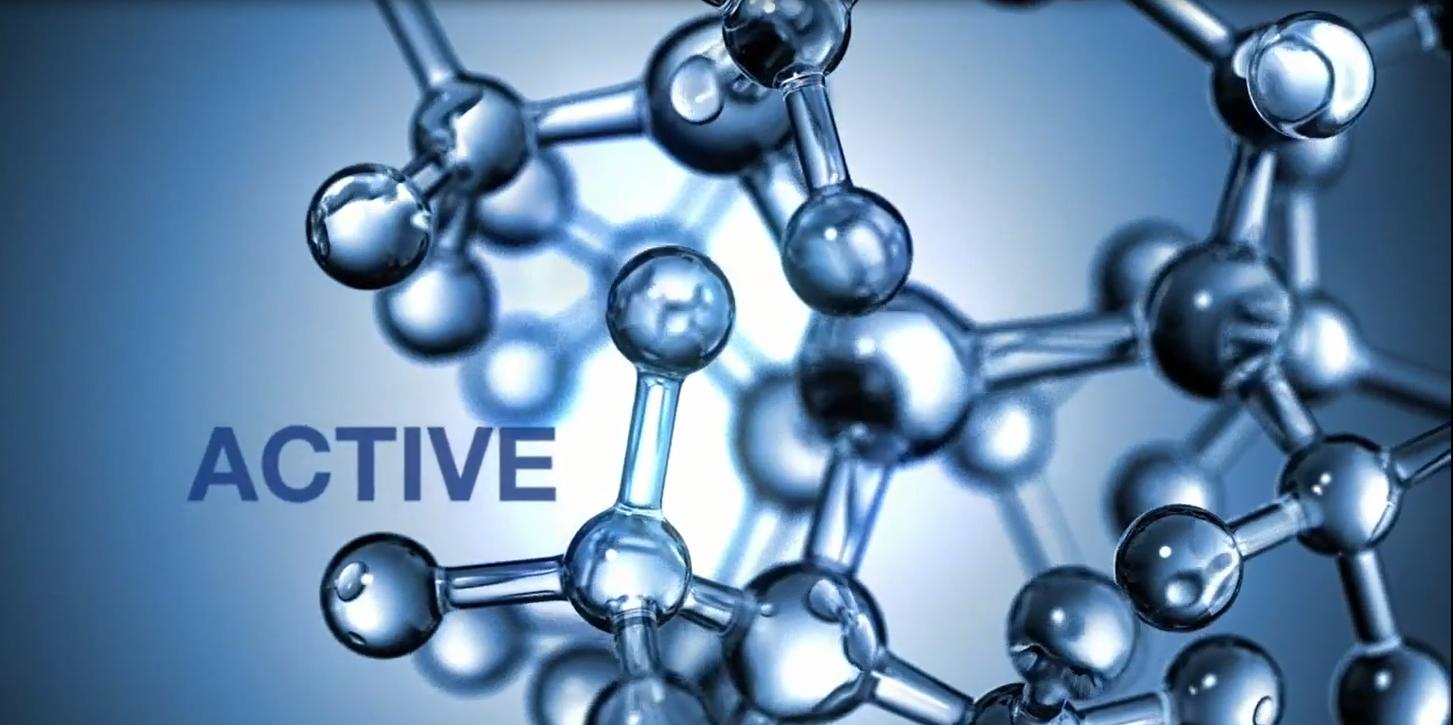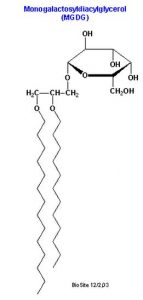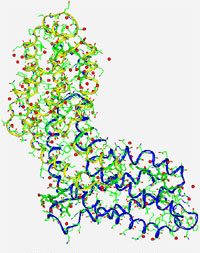
Active Molecules
In response to the extreme environment in which they live and develop, the cyanobacteria produce a series of bioactive compounds which, in combination with heat, electrolytes and water, give the mud its therapeutic property.
More precisely, it has been shown that a cyanobacterium, which grows on thermal mud and is identified on the basis of genetic studies as Phormidium sp. ETS-05, produces glycolipids and sulfoglycolipidis that have an anti-inflammatory effect equal to or even higher than the effect of traditional anti-inflammatory compounds, such as indomethacin and betamethasone, but without the toxic effects even after repeated treatments.

Certainly, this characteristic, in addition to what was discovered in Phormidium sp. ETS-05, is due to a set of bioactive compounds produced by a complex community of cyanobacteria.
The studies conducted in recent years have shown that cyanobacteria produce significant amounts of carotenoids such as β-carotene, lutein and lycopene with antioxidant as well as anti-inflammatory properties.
A high anti-inflammatory effect is also due to C-phycocyanin, a phycobiliprotein of the antenna complex to which other important applications have been attributed, such as the abatement of free radicals, hepatoprotective effects and antitumor activity (Singh et al., 2005; Li et al., 2005; Khan et al., 2006). C-allophycocyanin has also been recognized to have antioxidant, anti-arthritic and anti-inflammatory activities (Eriksen, 2008).

Among the most interesting compounds that have attracted the attention of the Pietro d’Abano Thermal Studies Center in recent years are exopolysaccharides, whose anti-inflammatory characteristics have been highlighted in a recent study carried out in collaboration with the University of Padua (Zampieri et al., 2020).
Continue reading with Cyanobacteria and mud therapy
